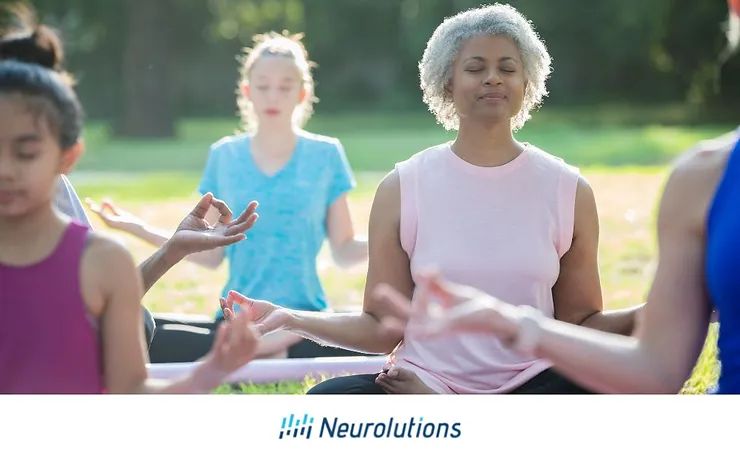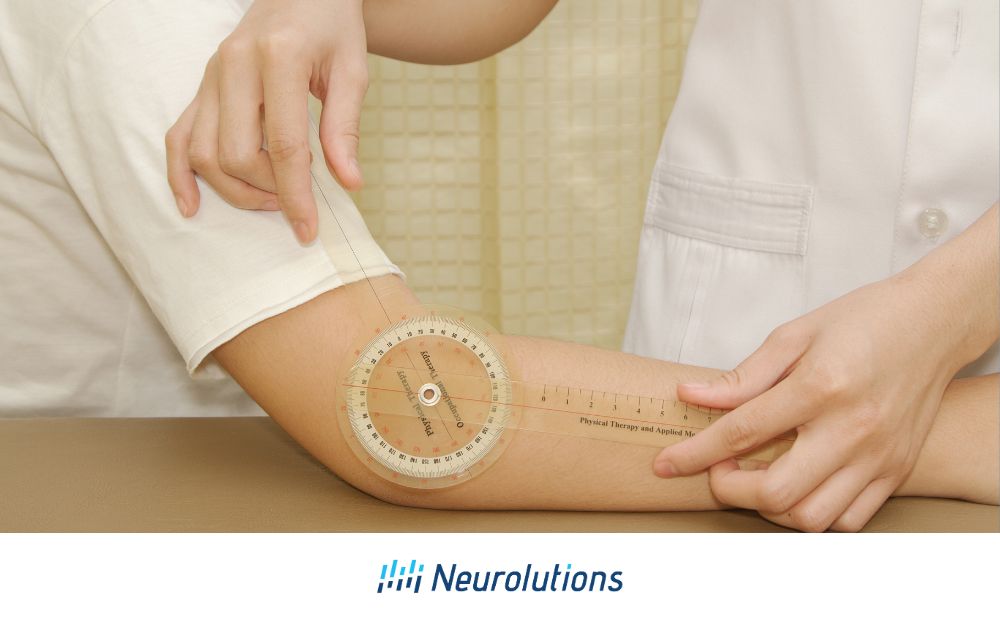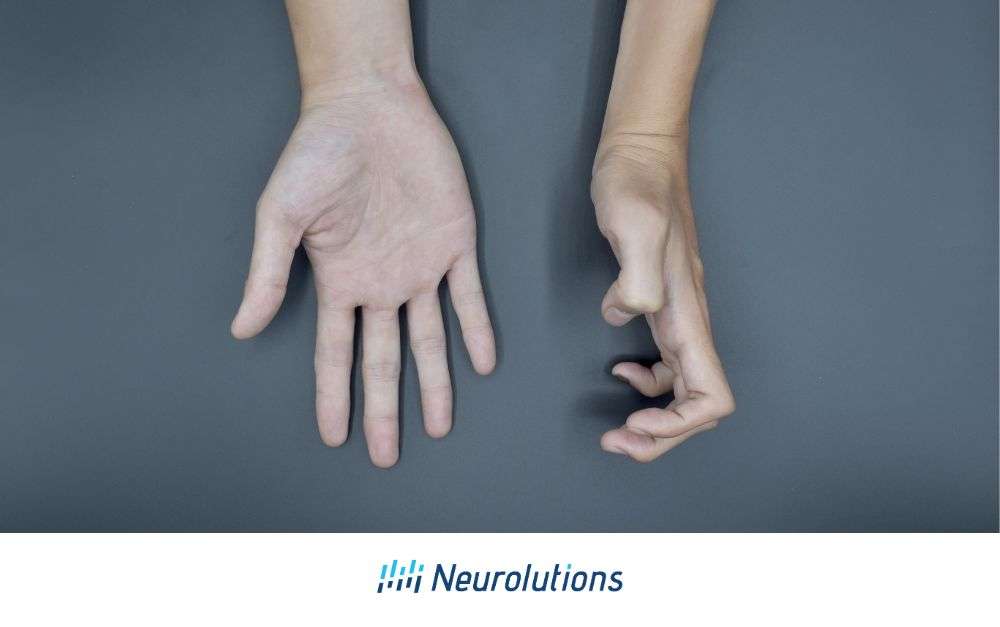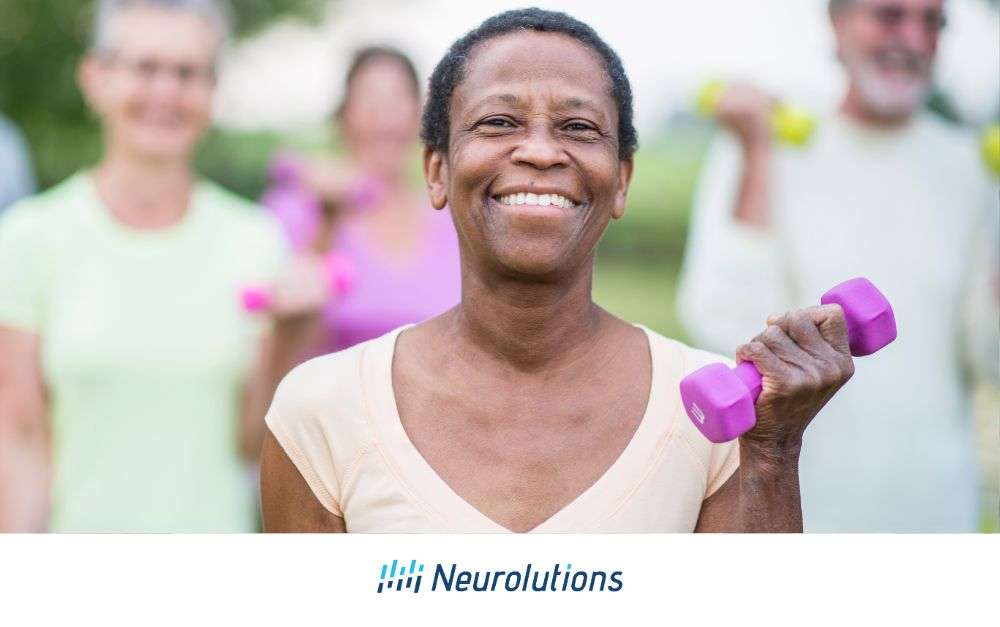After a stroke, best practice physical medicine and rehabilitation guidelines recommend early intervention of occupational therapy services.
Occupational Therapy for Stroke Patients: Enhancing Motor Skills and Brain Function
Occupational therapy is a scientifically based, health and human services professional dedicated to meeting the holistic needs of the client. The practice framework of occupational therapy facilitates engagement in everyday activities (e.g. occupations) to support participation in life.
Occupational therapy helps those who have experienced a stroke return to function in daily life by providing a comprehensive evaluation followed by interventions that address occupational performance in the following:
- Activities of Daily Living (basic and instrumental)
- Health Management
- Rest and Sleep
- Education and Work
- Play and Leisure
- Social Participation
- Health Management
A stroke, or a “brain attack,” occurs when there is an interruption of blood flow in the brain. Because the brain is considered the master control center for the rest of the body, even a small disruption in blood supply can be very damaging to basic functions. According to the American Stroke Association in 2022, stroke is the leading cause of disability in the United States and the fifth leading cause of death. Strokes can be caused by blood clots, hemorrhages (e.g. bursting of vascular walls), or inherited vascular problems.
Every brain is unique in its structure and neurological wiring. Therefore, no two strokes are identical in symptoms because no two brains are absolutely identical. This means that recovery also occurs at different paces for every individual.
Occupational therapists recognize that a survivor’s progress is not only dependent on the biology of the brain and structural damage, but also on factors related to the stroke survivor’s support system, environment, values, and beliefs.
What Are Some Activities That Occupational Therapists Use to Help Stroke Patients?
Occupational therapy interventions most often involve meaningful and FUNctional activities selected by the stroke survivor. Once the occupational therapist analyzes the survivor’s strengths and limitations, the therapist will design an activity-based program that addresses noted physical, visual, psychological, or cognitive limitations that limit participation in the occupation.
Activities are usually progressive in the challenge. This means that the therapist will use clinical judgment for the appropriate starting point, and then incrementally advance the difficulty level once the stroke survivor achieves certain milestones, otherwise known as goals. The occupational therapist may recommend activity adaptations to the client’s previous way of doing tasks if it means they can be more safe and independent. However, the skilled therapist knows that sometimes it is best to have the client experience “struggle” a little bit during activities in order for the brain to form new connections that restore function to desired areas.
Although this list is regarded as general and not intended to be individualized to the needs of all stroke survivors, the following grid highlights Common Activities in OT for Stroke Survivors
Common Activities in OT for Stroke Survivors
Download Printable Version of Table
|
Stroke Impairment |
Impact on Occupational Performance |
OT Activity |
|
Hand incoordination |
Difficulty with handwriting |
|
|
|
Difficulty self-feeding |
|
|
|
Difficulty picking up objects |
|
|
|
Difficulty grooming |
|
|
|
Difficulty with tools |
|
|
Arm weakness |
Difficulty washing hair |
|
|
|
Difficulty holding and pouring gallon of milk |
|
|
|
Difficulty carrying groceries |
|
|
|
Difficulty with leisure and hobbies |
|
|
Balance issues |
Difficulty standing or sitting |
|
|
|
Difficulty transferring surface to surface |
|
|
Difficulty walking |
Falls, near falls, unsteady during ambulation |
|
|
Attention issues |
Short attention span, easily distracted |
|
|
Cognitive issues |
Poor judgment during tasks |
|
|
Memory issues |
Difficulty remembering steps during cooking |
|
|
|
Difficulty remembering to take medications |
|
|
Perceptual deficits |
Disorientation to time |
|
|
|
Disorientation to objects, body, or environment |
|
|
Visual perceptual difficulty |
Difficulty distinguishing forms, perceiving how parts make a whole, understanding depth, difficulty with eye-hand motor skills |
|
|
Visual deficits |
Difficulty with scanning environment or loss of visual field |
|
|
Psychosocial |
Presents with hopelessness and despair |
|
|
|
Reduced stress tolerance |
|
|
Communication |
Difficulty with verbal expression (expressive aphasia) |
|
|
|
Difficulty with comprehension (receptive aphasia) |
|
|
|
Difficulty with pronunciation (dysarthria and/or apraxia) |
|
Download Printable Version of Table
It should be noted that an OT will determine what interventions are going to be most appropriate to suit the individual’s needs for where they are at in their recovery. Activities are always dynamic, meaning there is room for flexibility to change the manner in which the activity is done based on the individual’s response. An occupational therapist also grades activities to be easier or made more challenging as the individual continues along their recovery journey.
What Are Activities I Can Do at Home to Help Recover?
The need for therapy often extends beyond the hospital walls and into the home after a stroke. After a period of therapy, it is not uncommon to have to be self-reliant and work through rehabilitation independently.
Many activities that are done in the clinic can also be done at the individual’s home. In fact, some would argue that using familiar objects that the individuals have had previous experience with is a great place to start. This is especially true if an individual has difficulty understanding, or generalizing, how to apply tasks they learn in a clinic or hospital environment to real life.
Although this is not a comprehensive list, the following grid can be used to provide ideas on how to work on activities that will help survivors recover abilities that may have been lost or diminished after their stroke.*
* Always consider safety/injury prevention; consult with a physician or therapist if there are specific concerns. Neurolutions Inc. is not responsibly liable for any injury or harm.
Download Printable Version of Table
|
|
Activity 1 |
Activity 2 |
Activity 3 |
|
For hand incoordination, try…. |
Lacing shoes or tying knots |
Screwing/unscrewing tops/jars |
Flipping over cards/playing board games |
|
For hand weakness, try… |
Squeeze water out of a sponge |
Handle wet clothes out of washer; fold clothes |
Organize books on shelf, grasping them different ways |
|
For arm weakness, try…. |
Hang clothes or coats on hangers |
Put away dishes or cups that won’t break if dropped |
Operate a vacuum or sweeper |
|
For balance issues, try…* *supervise for safety, if needed |
Sitting edge of chair, reach for objects |
Stand holding on to counter, reaching for objects |
Hold onto counter with one or two hands; step or weight shift different directions, reaching for objects or cupboards, if able |
|
For walking difficulty, try…. *supervise or use assistive for safety, if needed |
Remove hazards on floor, walk to different stations in home |
Remove hazards on floor, walk to different stations in home |
For advanced ambulators, step over objects on floor For advanced ambulators, step over objects on floor |
|
For cognitive issues, try… |
Making a meal of appropriate complexity |
Respond to timers / clocks in the home |
Read and sort mail, taking appropriate action |
|
For visual perceptual deficits, try… |
Sorting utensils or finding items out of drawers |
Put tools, clothes grocery items where they belong |
Do puzzles or board games |
Download Printable Version of Table
For successful and therapeutic interventions that emphasize occupational performance, consider individual factors such as pain, tolerance to exertion and/or activity, safety, interest, and frustration levels. Remember that most activities can be adjusted in a variety of ways to help “meet the survivor” where they are at. If the activity did not seem to hold a person’s attention, ask the individual what they would rather work on or provide them choices. Offer encouragement throughout the activities, but also offer positive, constructive feedback to help a person learn.
Recovery has Ebbs and Flows
Finally, It is important to note that the survivor is going to have fluctuations in performance. This means that the activity will go more smoothly on some days than on other days. This recovery rollercoaster is very normal, but the overall goal is that eventually, the performance stabilizes on the upward trend.
For optimal results, consult with an occupational therapist experienced in stroke to provide individualized and skilled guidance throughout the recovery process.




